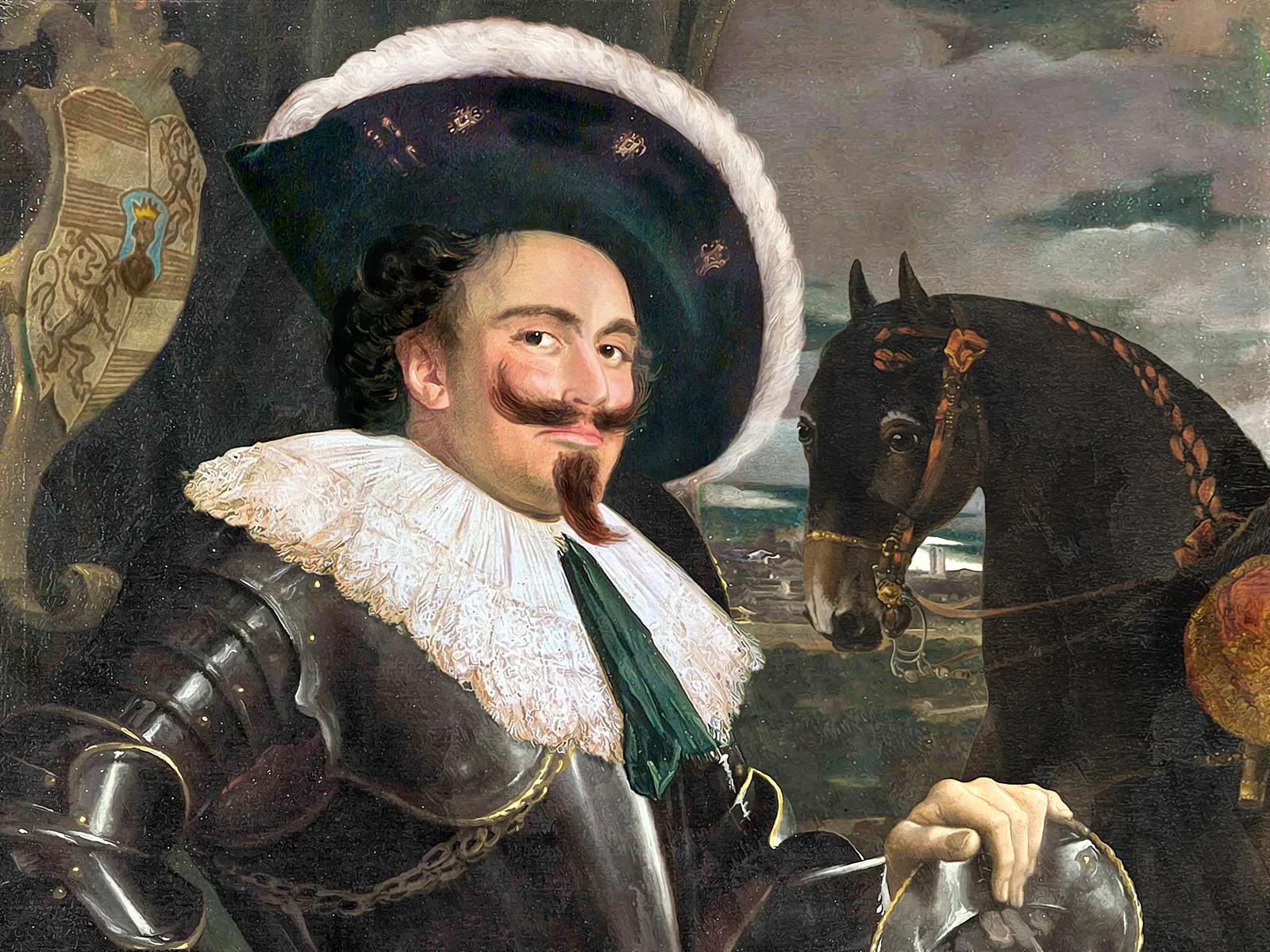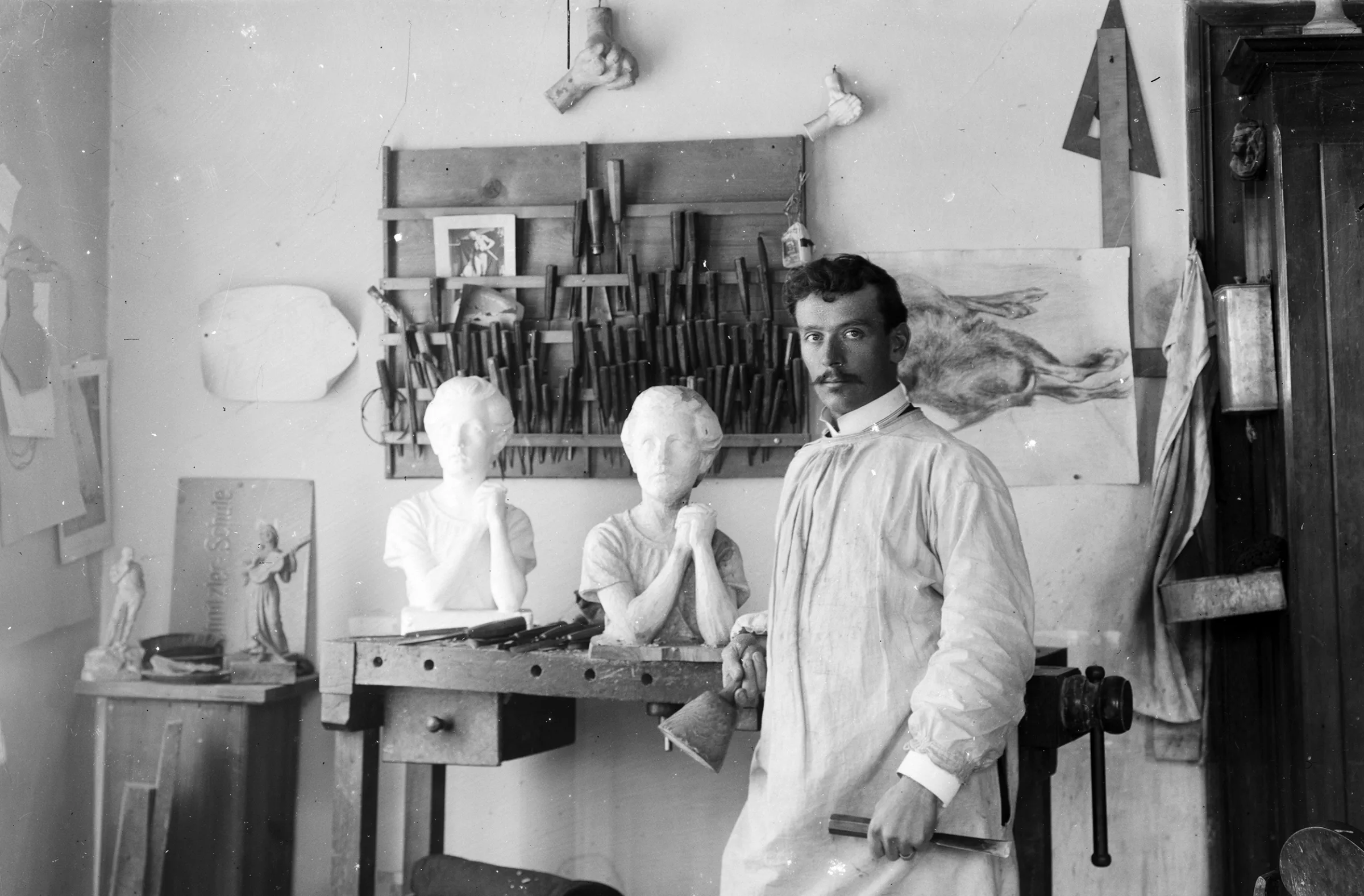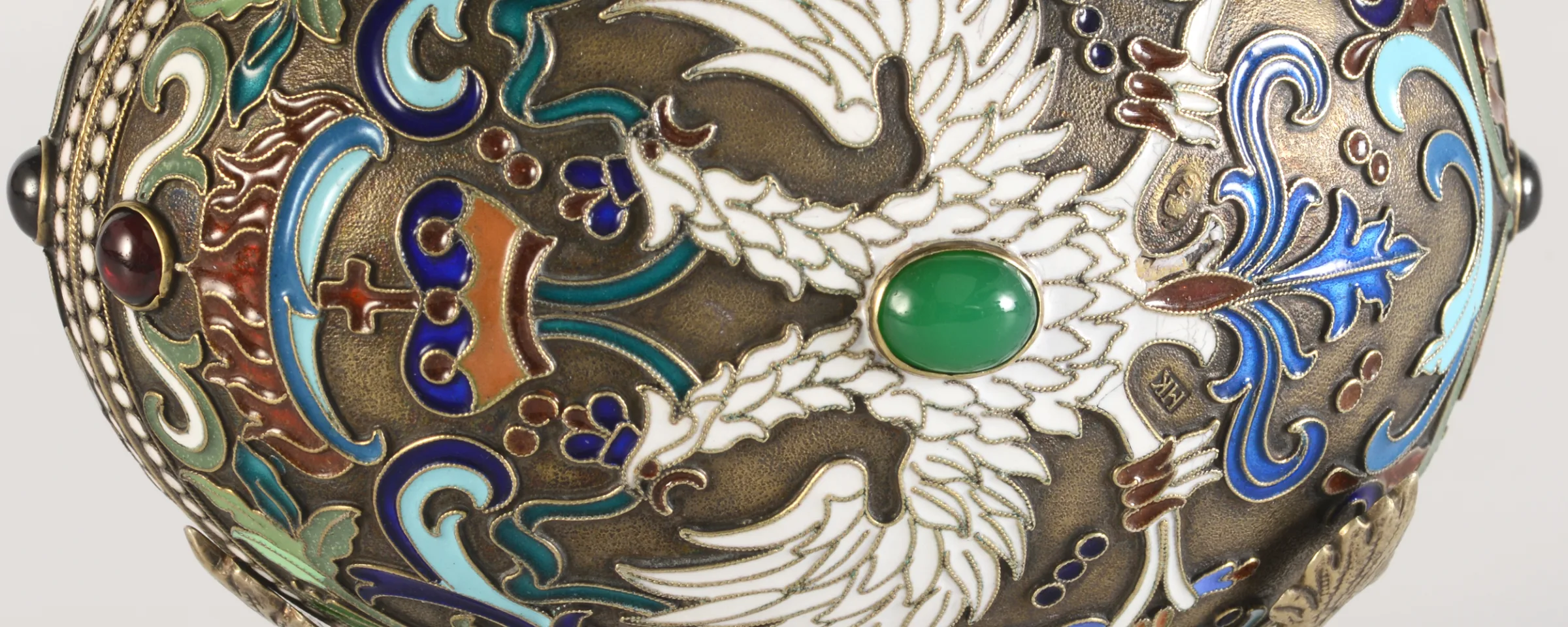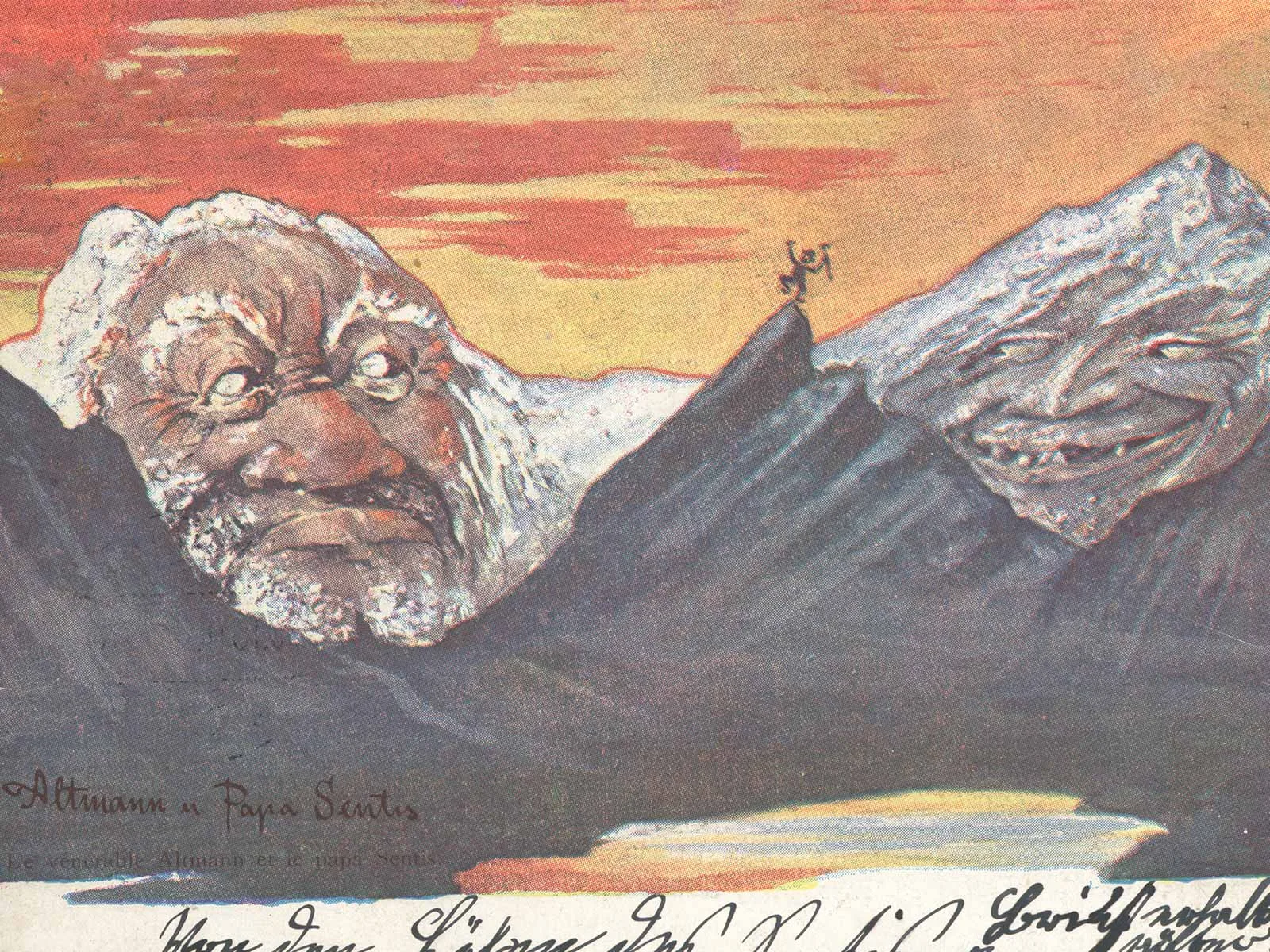
The man who gave the mountains a face
Emil Nolde had a life-long fascination with the Swiss Alps, immortalising his love of the mountains in many humorous works.
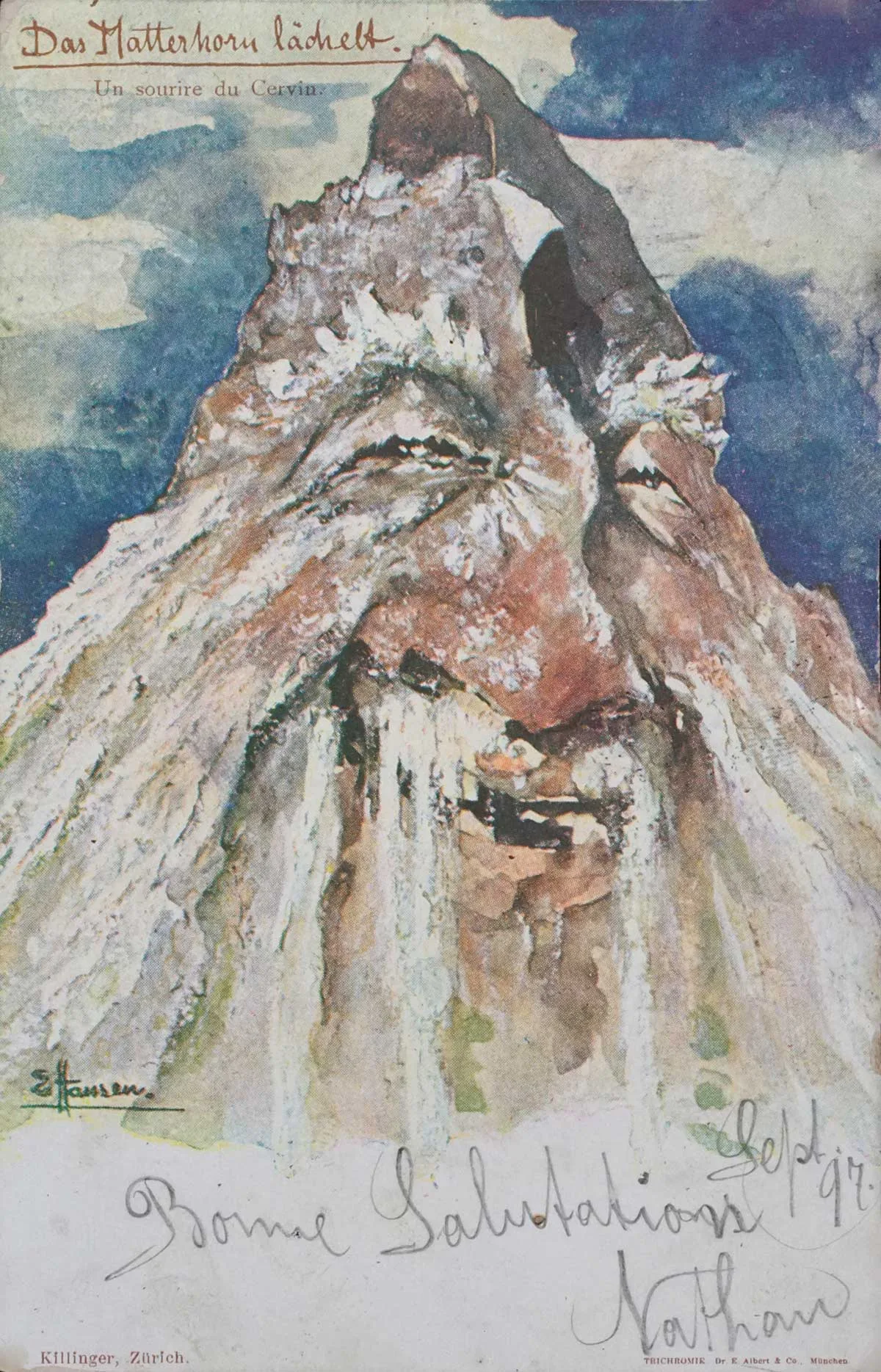
Not cut out for teaching
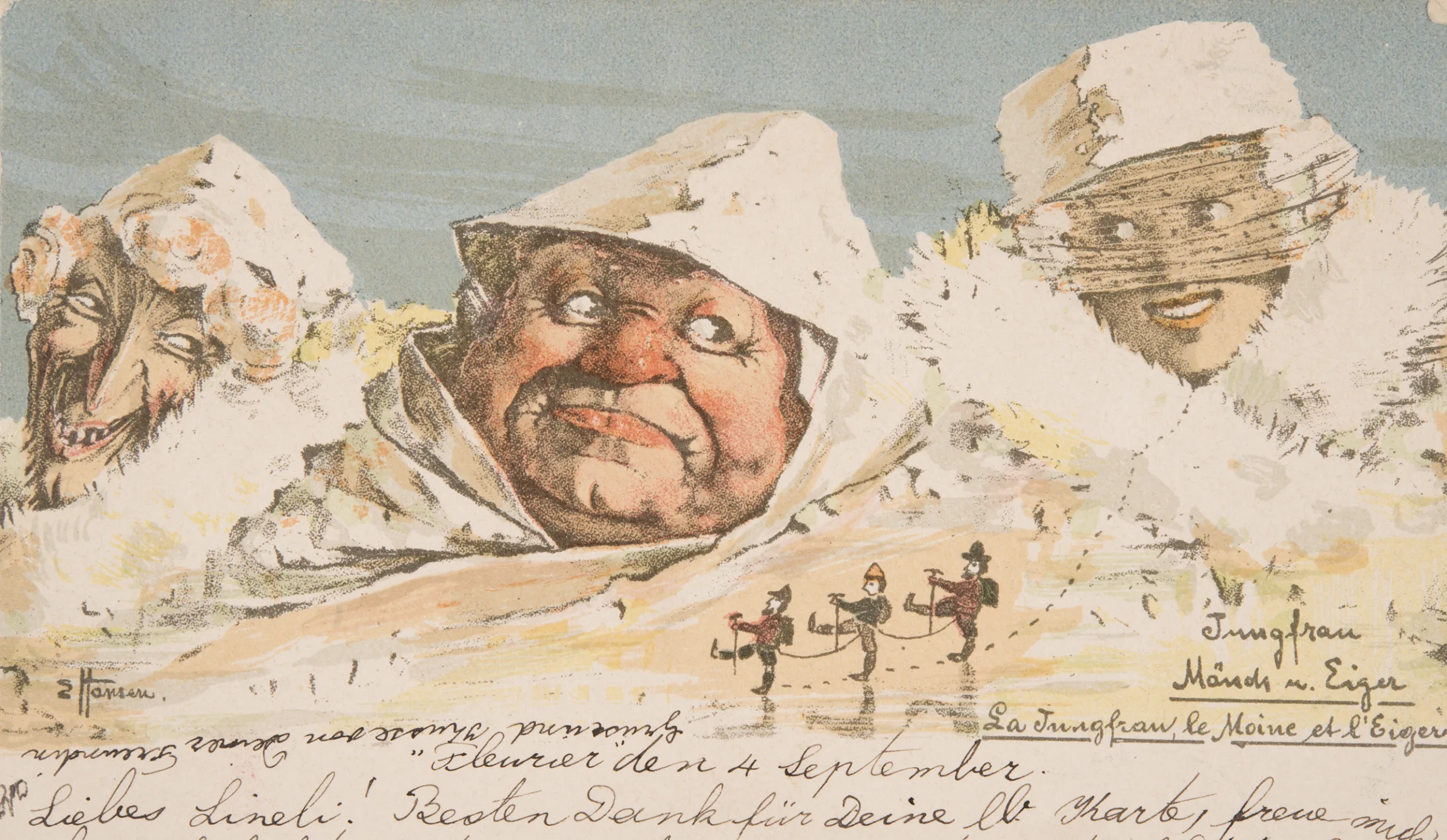
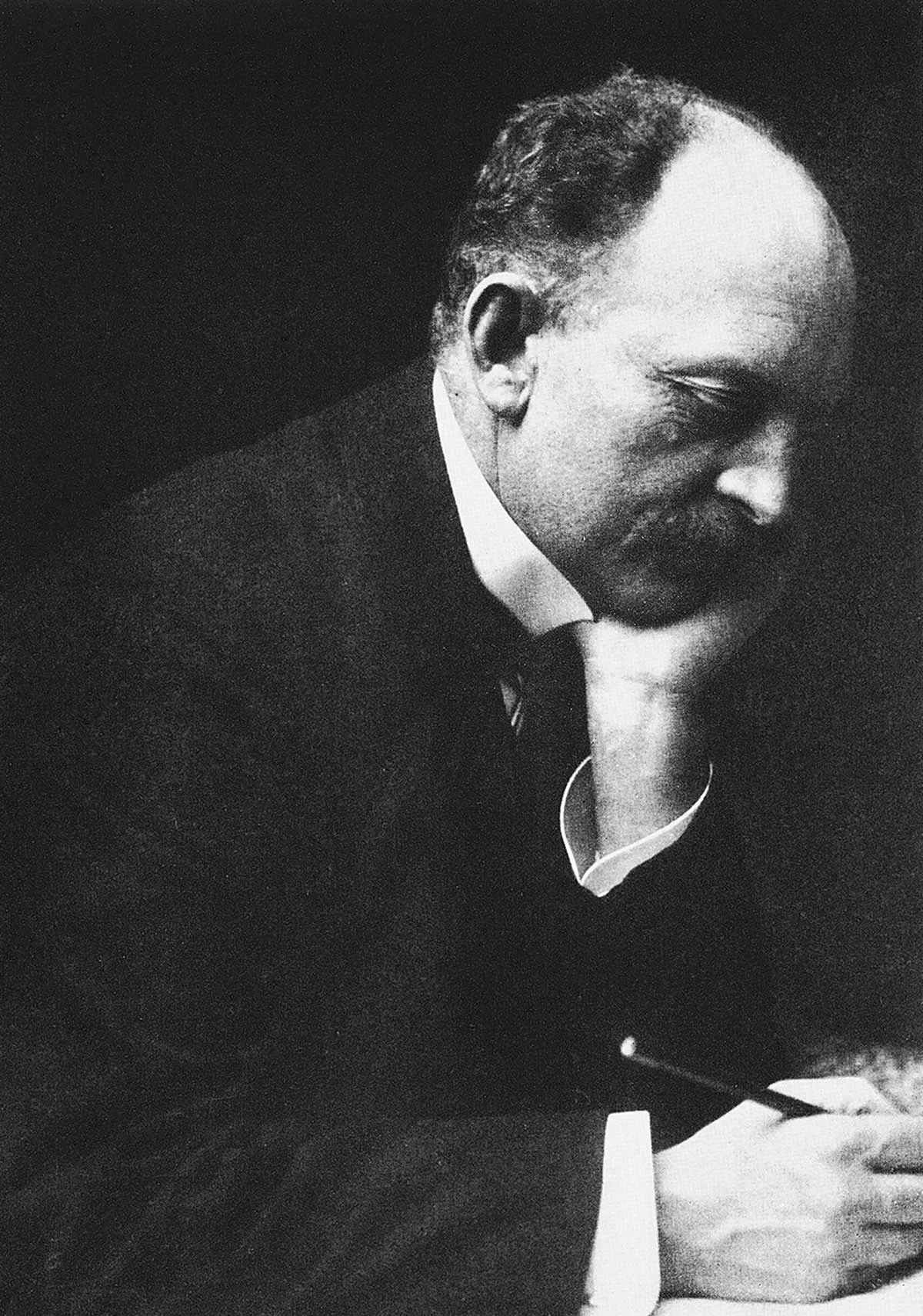
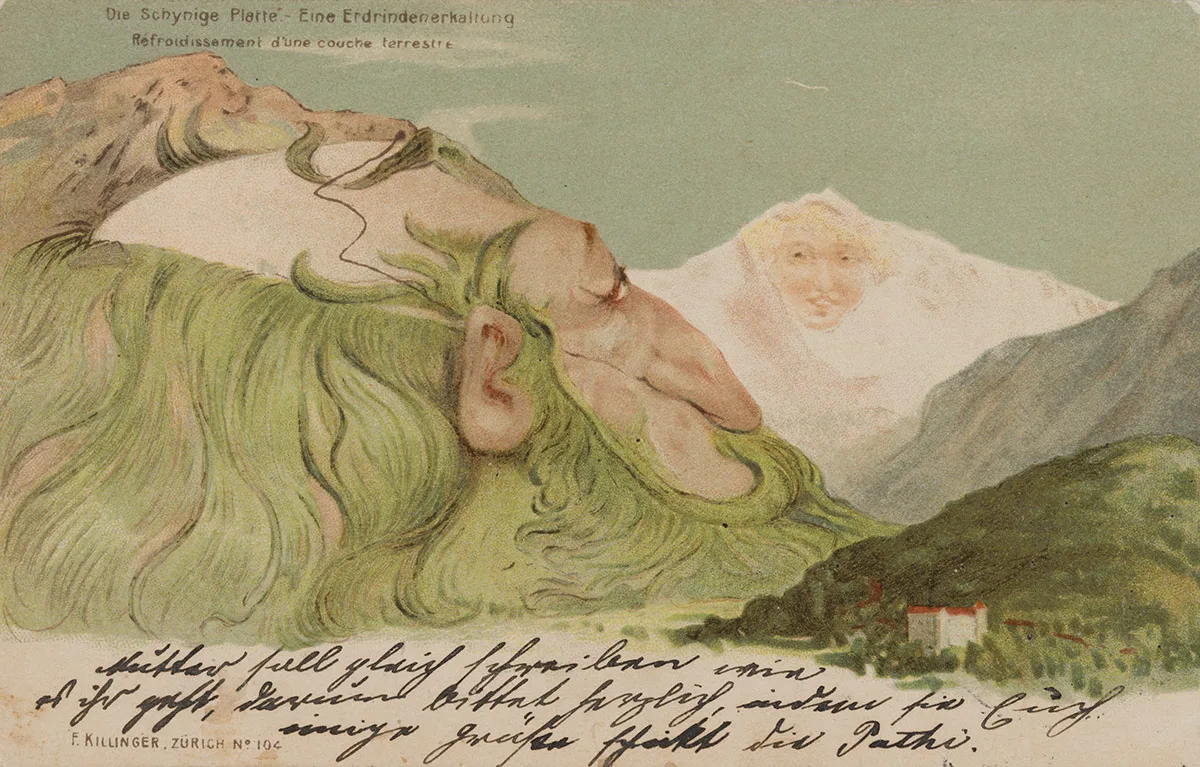
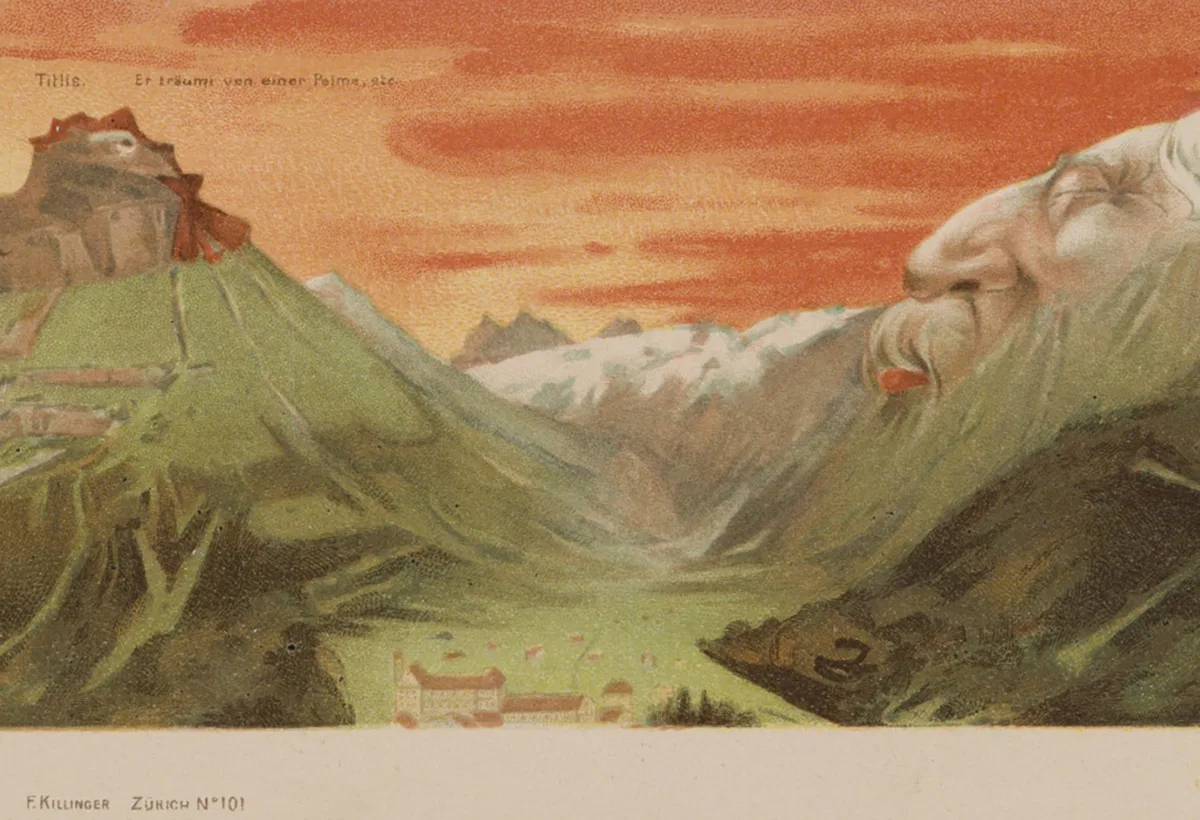
Nolde's mountain faces were inspirational and were copied by numerous contemporaries, as these two postcards show. Swiss National Museum

